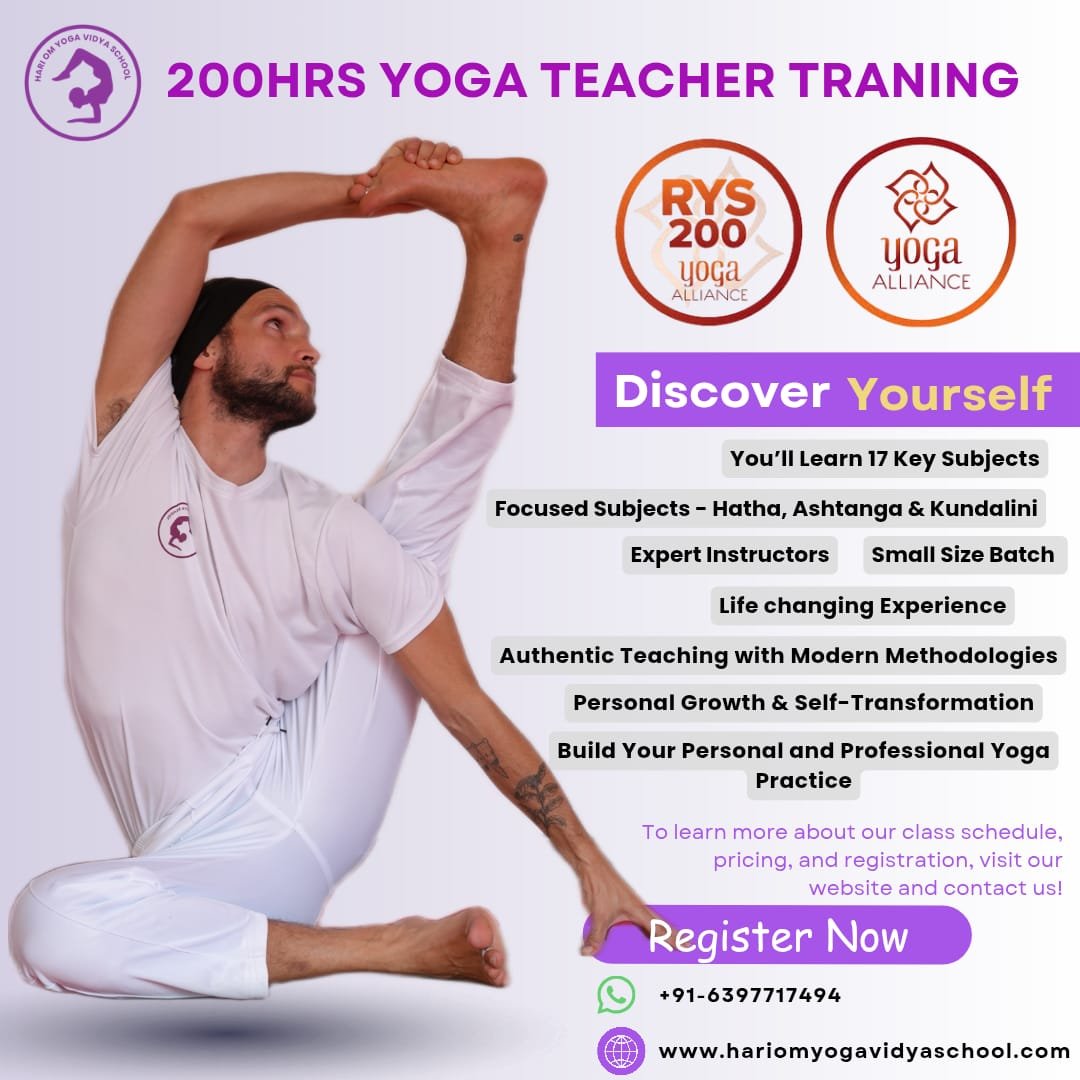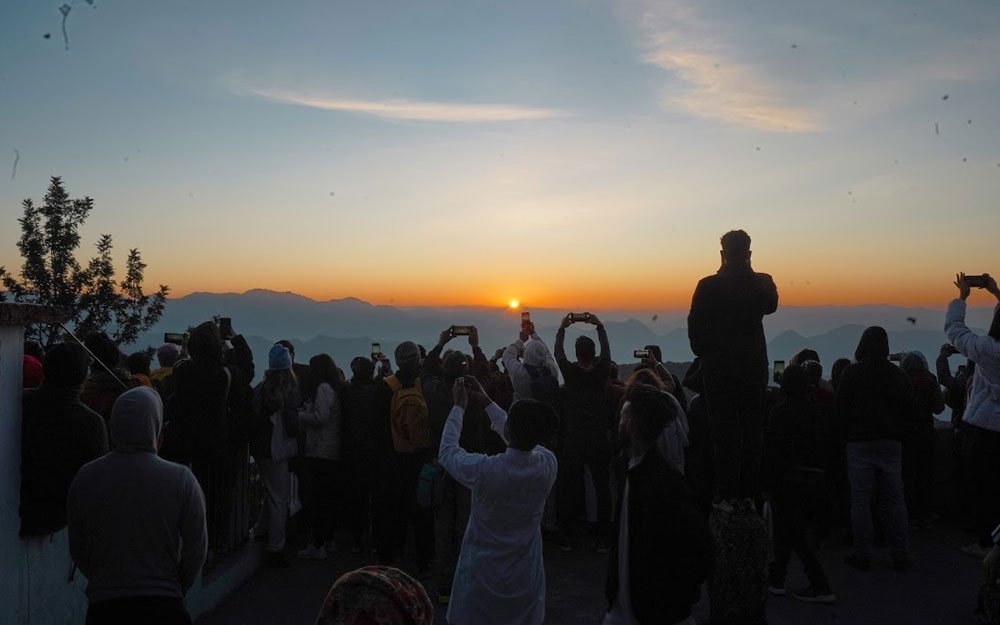Yoga Mudra Asana
The word ‘mudra’ actually means ‘seal’ or ‘gesture’. But in this context, it is a seated posture that has immense benefits. The yogi who practices this pose, has to embrace the Adi Mudra, while doing this posture. If you check the Padmasana flow of postures, this happens to be the culminating posture. This is a pose that has great power and can purify the body like no other. It also activates many of the energy channels.
If you try to unearth the inner meaning of the posture, you will get the information, that it is actually a combination of two modalities. Some people will also name this posture as the Psychic Union posture or the Yogic Seal posture. Let us decode it for you.
- Yoga means ‘awareness’.
- Mudra means ‘seal’.
- Asana means ‘pose’.
The seated yoga pose is a seated forward bending asana, that also uses a hand gesture. It is also known as the most beneficial anti-aging asana. It also provides spiritual awareness to the yogi.
Read More: Why Is Kundalini Yoga Dangerous? The Truth About Its Risks and Rewards
How To Do Yoga Mudra Asana?
Now, that you know what Yoga Mudra Asana is, you should follow the steps below to practice it on a daily basis.
- To enter into the Yoga Mudrasana, you first need to sit in the Padmasana or Sukhasana. Relax the body and breathe normally.
- You have to take both your hands behind the back, and keep the fingers interlocked. You need to focus on any point straight ahead of you. In clear words, the gaze should be in front. Breathing will be normal as well.
- If you want to try variations, take the guidance of an expert.
- After you have interlocked your fingers behind the back, you have to take a deep breath.
- After this, you have to exhale slowly, and bend the upper body in the forward direction. You have to bring your forehead or nose in contact with the floor.
- All this while, you have to ensure that your spine is straight and elongated.
- You should direct all your awareness towards your breathing pattern. Do not stress your body at any point in time.
- You have to maintain the final posture for 2-3 minutes.
- When you need to come out of the Mudrasana, lift the forehead and inhale, while slowly raising the upper body or the torso.
- After you sit straight, release the hands from behind and place them beside your hips.
Modifications and Variations Of Yoga Mudra Asana
- If you had a surgery recently, or any sort of injury to the hip, knee, or ankle, refrain from doing this posture or asana. You can sit on a chair instead and do this asana. Although, you will not be able to bring your forehead or nose in contact with the floor, you will be able to enjoy most of the benefits.
- You can also practice Adi Mudra, without sitting in Padmasana or folding forward. The benefits of Adi Mudra can be felt, when you do it in Vajrasana as well. Just remember to take slow Ujjayi breaths.
- If you are not able to sit in Padmasana, you can also sit in the Sukhasana or Ardha Padmasana. You can continue to practice in this manner, until you are comfortable.
- To increase balance, while doing the posture, you can change the buttock and top legs for seating on alternate basis.
A possible variation of the pose, is that you can do the Anjali mudra, instead of the Yoga Mudra Asana.
You can also hold your big toes, with your opposite hands, by wrapping them forward, from the back. If you are an advanced yogi, then only you can attempt this variation.
You have to take deep breaths, when you are doing this pose, and you have to exhale when you are folding the body forward. Your Drishti should be towards the ground.
Safety Precautions Decoded
- You should always try this yoga posture, in front of a trained yogi.
- You should always remember to practice yoga mudra asana on an empty stomach. So, morning is the ideal time for your practice. You can also do it in the evening, but remember to maintain a gap of 3-5 hours after your last meal, while doing this asana.
- You need to have flexibility of the hips, legs, joints, both in your upper body and the lower body. So, you should always do this, after you have done some of the preparatory poses. You should first try to master the poses such as lotus pose or Padmasana, Ardha Padmasana, Sukhasana and so on.
- This is an advanced pose, so beginners should never try to overstrain their back while trying to bring the forehead or nose in contact with the floor.
Who Should Avoid Yoga Mudra Asana
If you are an advanced yoga practitioner, you can do this pose with ease. However, in other cases, follow the below pointers.
- If you have any sort of ankle, knees, or hip injury, you should never perform this pose.
- Pregnant women and women who are having their menstrual cycle, must also avoid this pose.
- If you suffer from Sciatica or cardiac issues, then also you should refrain from doing this pose. ‘
- Pre-natal and post-natal practice is a strict No-No.
- You should never over stretch your body while doing this asana. Do what is feasible.
Benefits of Yoga Mudra Asana (Sealed Yoga Pose)
The asana is a combination of an asana and a seal, so it is helmed as one of the most powerful asanas. You should know about its benefits.
- Yoga mudra asana is an excellent pose to massage the abdominal area. When you forward, you exert pressure on the organs and hence they perform at their best.
- It also calms the brain and releases anxiety.
- The yoga mudra asana also endos the spine with enhanced flexibility and strength.
- You will gain an all-new spiritual awareness by focussing on the Solar plexus.
- You will also get rid of any sort of stomach pain or dysentery.
- You can also alleviate your respiratory issues through daily practice.
- The male can get rid of infertility problems.
- The yoga mudra asana will also help those with naval displacement.
- It also helps to strengthen the pelvic region of the women. It also energizes the sexual organs.
Read More: Everything You Need to Know About Kundalini Yoga Teacher Training
Deepen Your Yoga Practice with Hari Om Yoga Vidya School
Located in the heart of Rishikesh, Hari Om Yoga Vidya School is a place where ancient yogic wisdom meets modern teaching techniques. As a top yoga school in Rishikesh, we are committed to providing authentic, immersive yoga education in a peaceful, spiritual setting. Recognized as one of the best yoga schools in Rishikesh, we offer structured training programs designed to help you evolve in your practice, whether you are a beginner or an experienced yogi.
If you’re searching for a yoga school in Rishikesh that focuses on holistic learning, experienced teachers, and a supportive community, look no further!
Explore Our Yoga Teacher Training & Retreats
At Hari Om Yoga Vidya School, we offer a range of courses tailored for different levels of practitioners:
✅ 100-Hour Yoga Teacher Training in Rishikesh – A foundational course for those looking to begin their yoga journey.
✅ 200-Hour Yoga Teacher Training in Rishikesh – An internationally recognized certification for aspiring yoga teachers.
✅ 300-Hour Yoga Teacher Training in Rishikesh – Advanced training to deepen your practice and refine your teaching skills.
✅ 7-Day Yoga Retreat in Rishikesh – A rejuvenating escape into yoga, meditation, and self-discovery.
✅ 10-Day Yoga Retreats in Rishikesh – A transformative experience that blends yoga, relaxation, and Himalayan serenity.
Join us for a life-changing experience and become part of our global yoga family! 🌿✨




